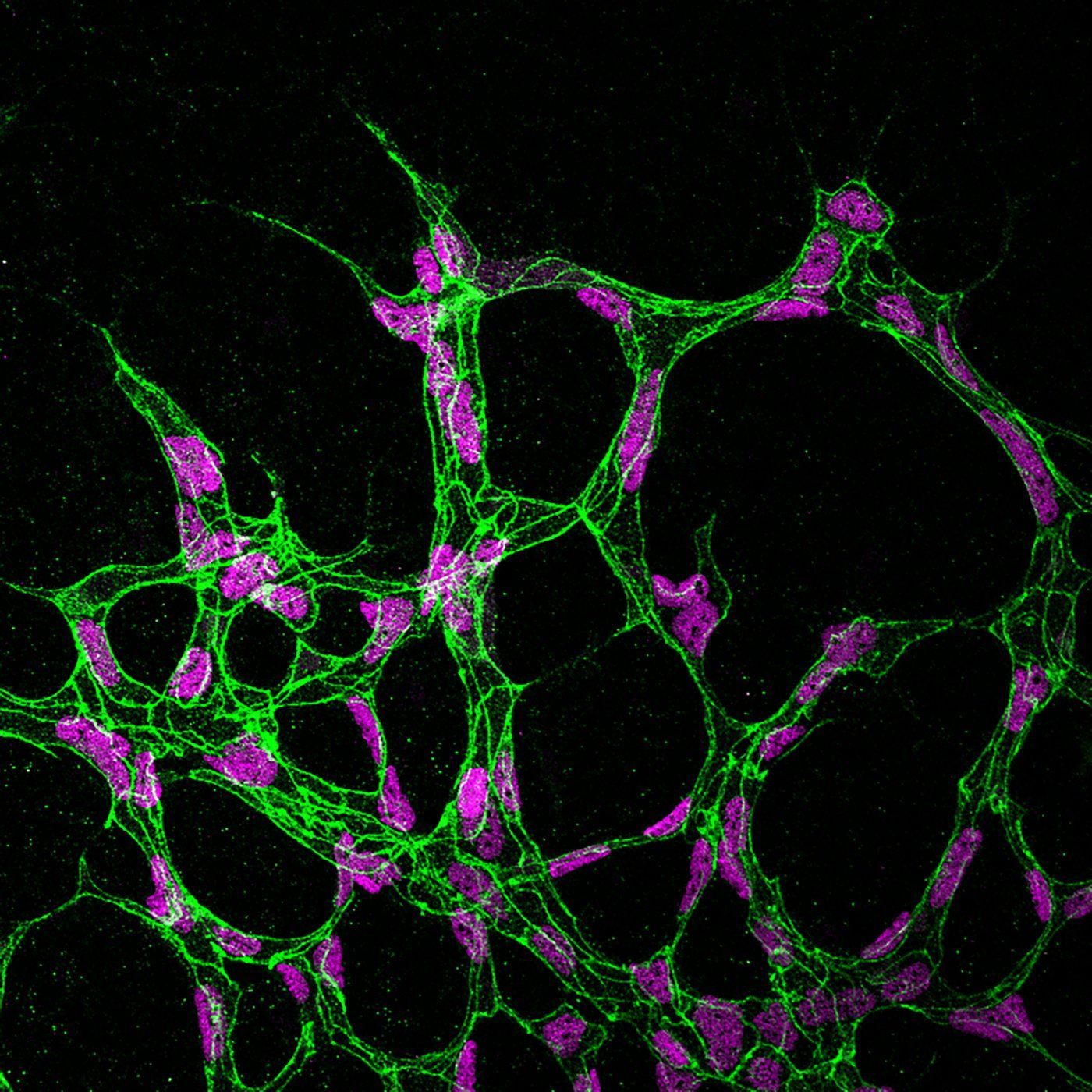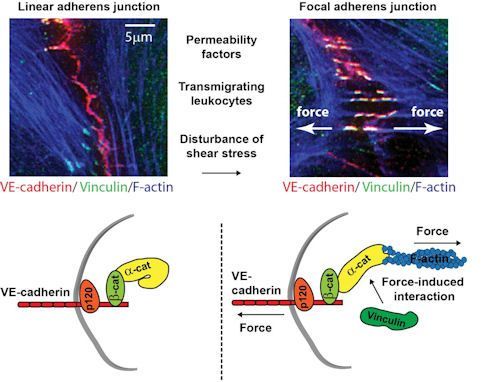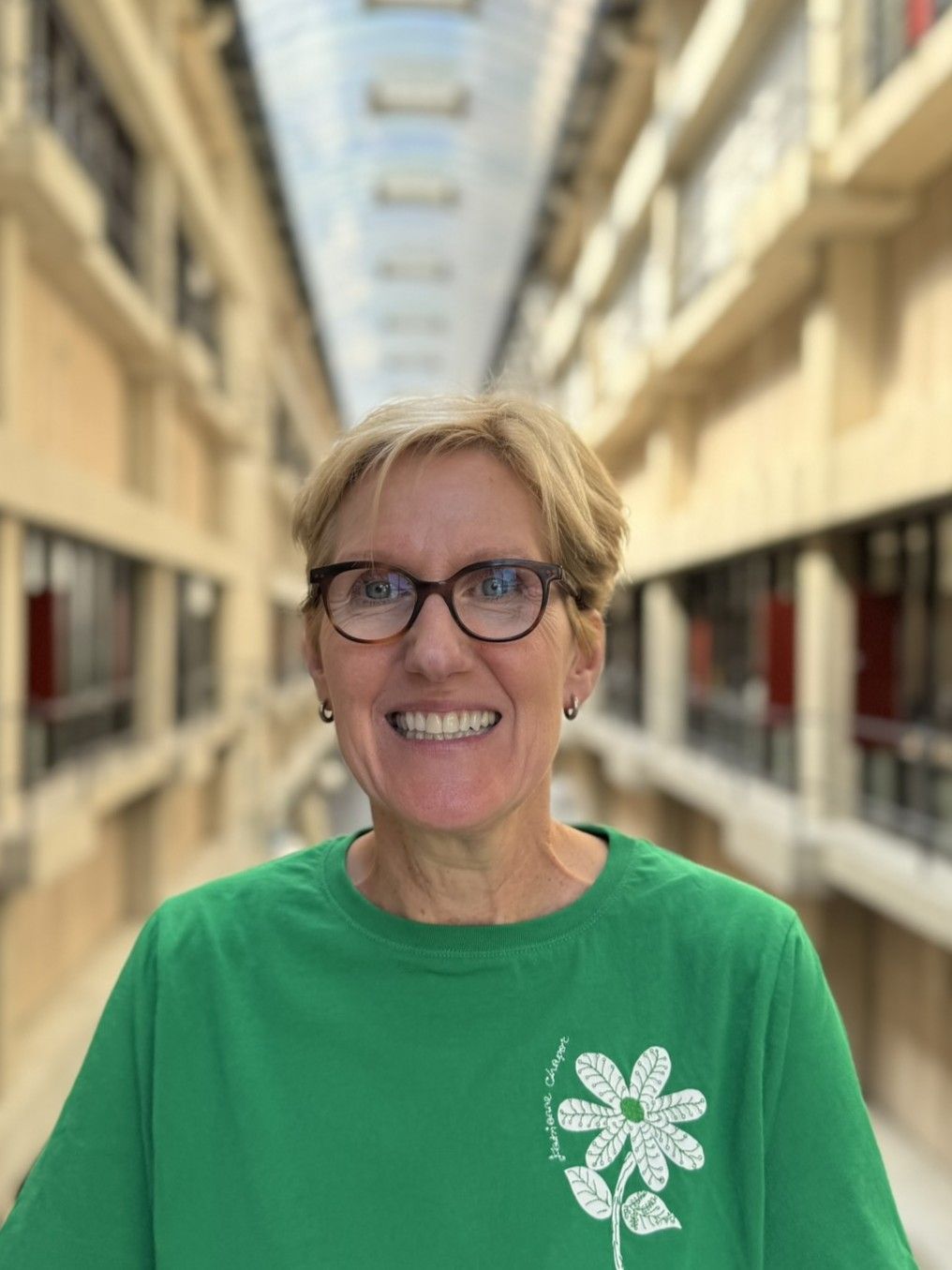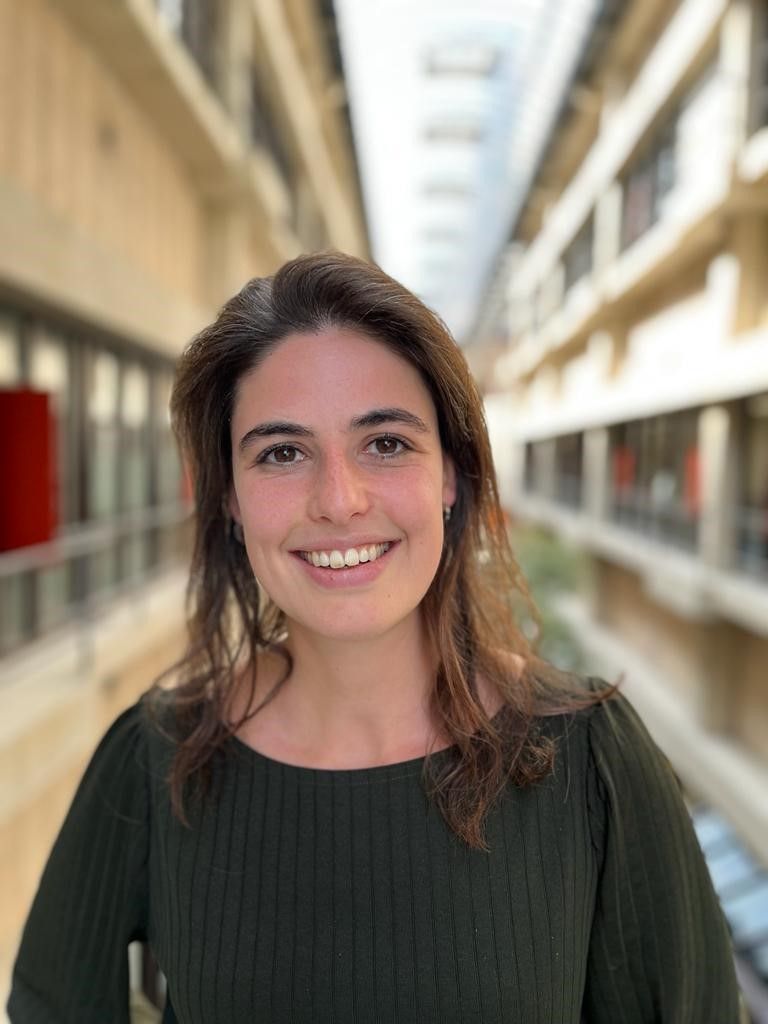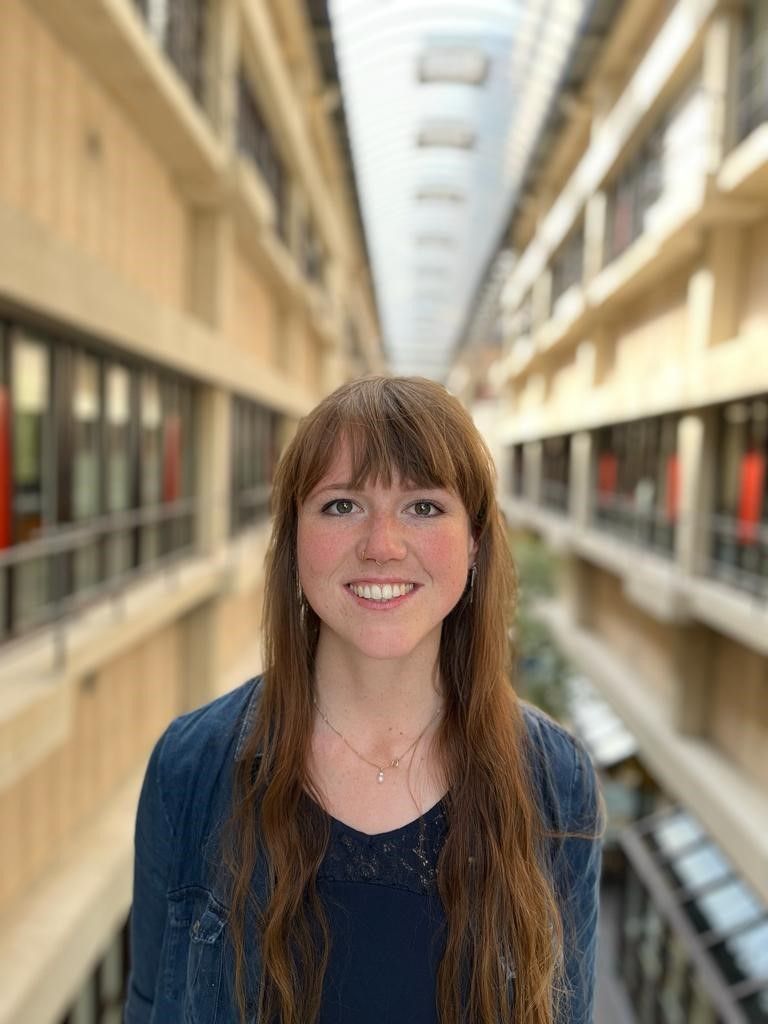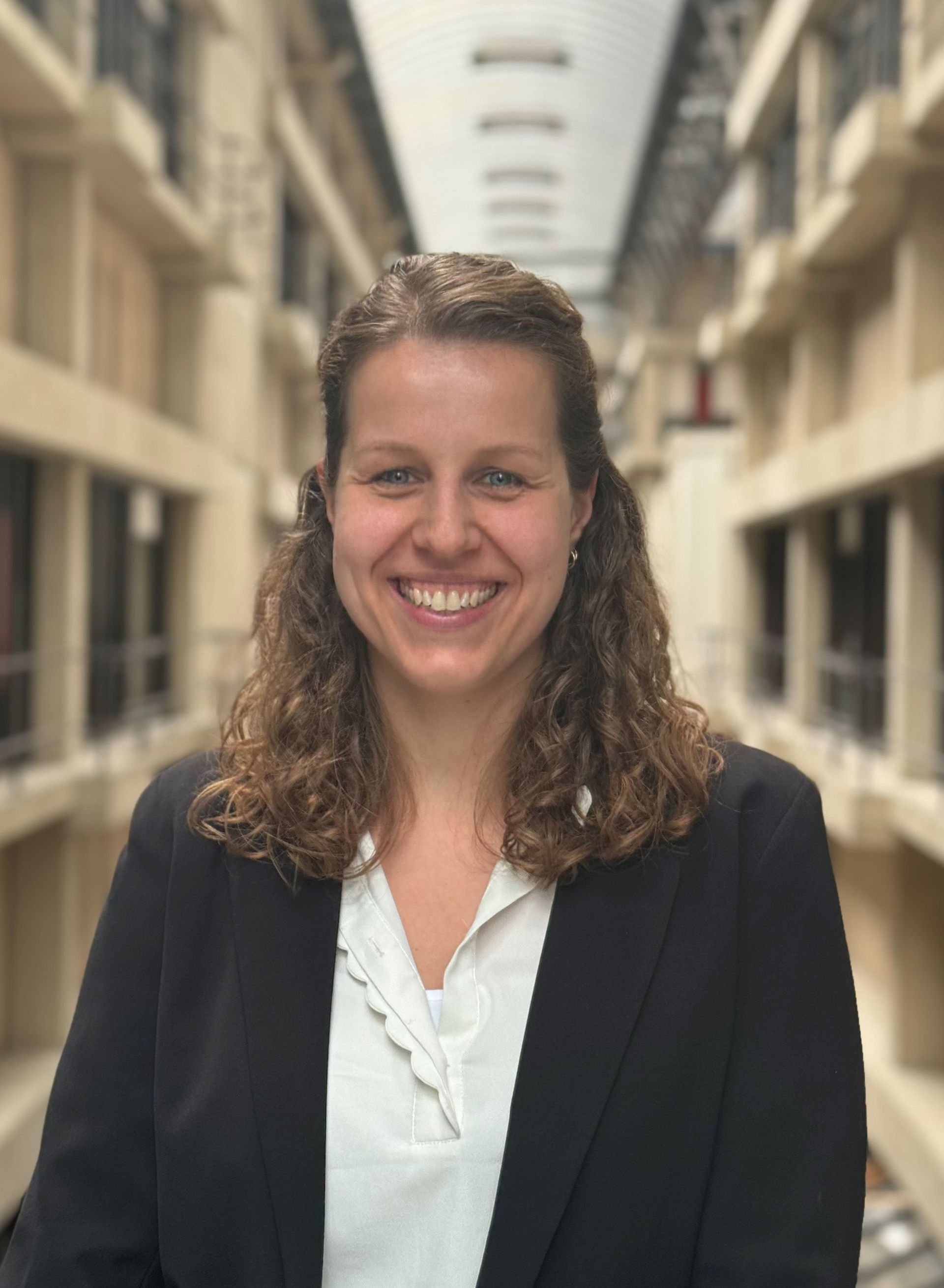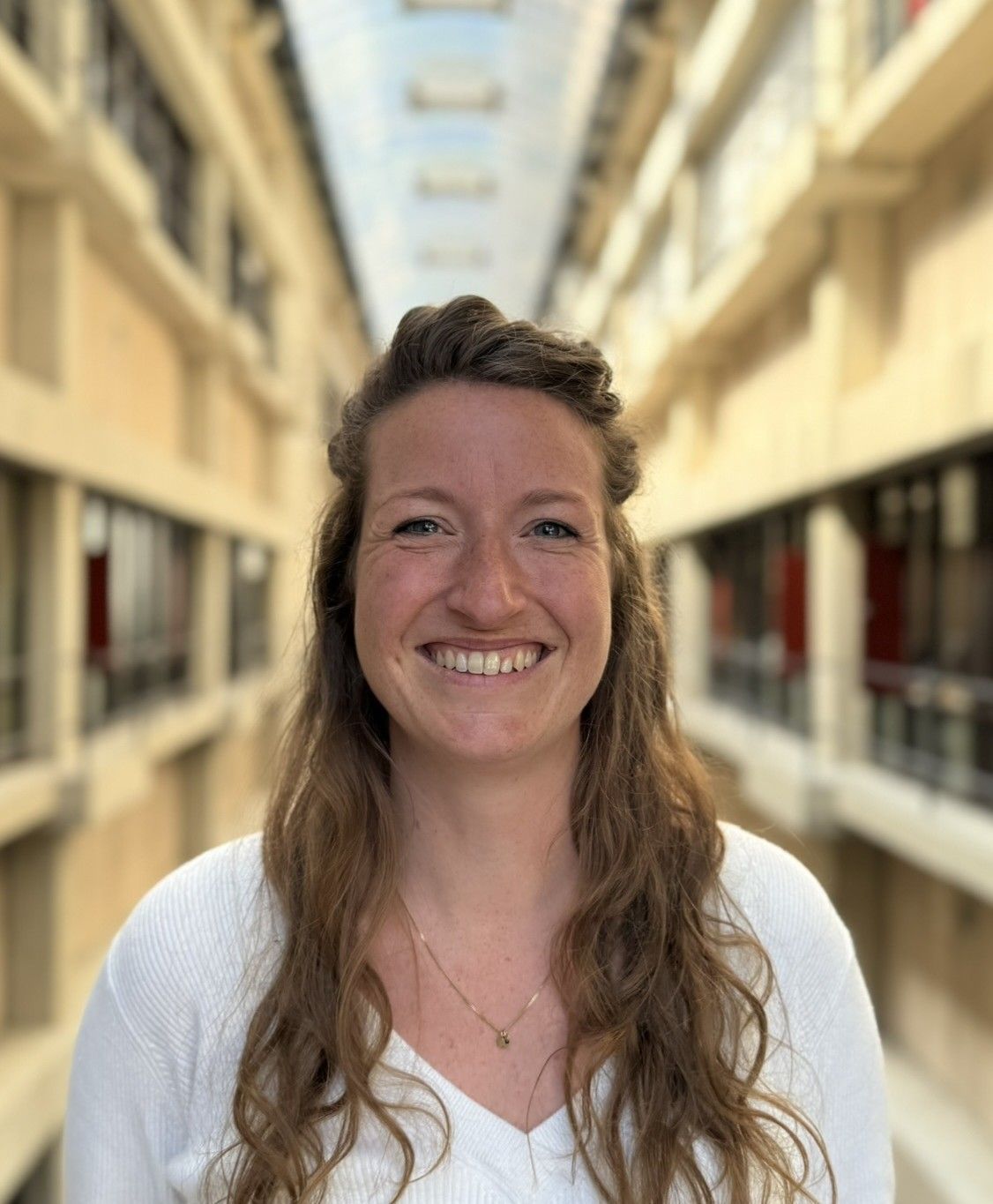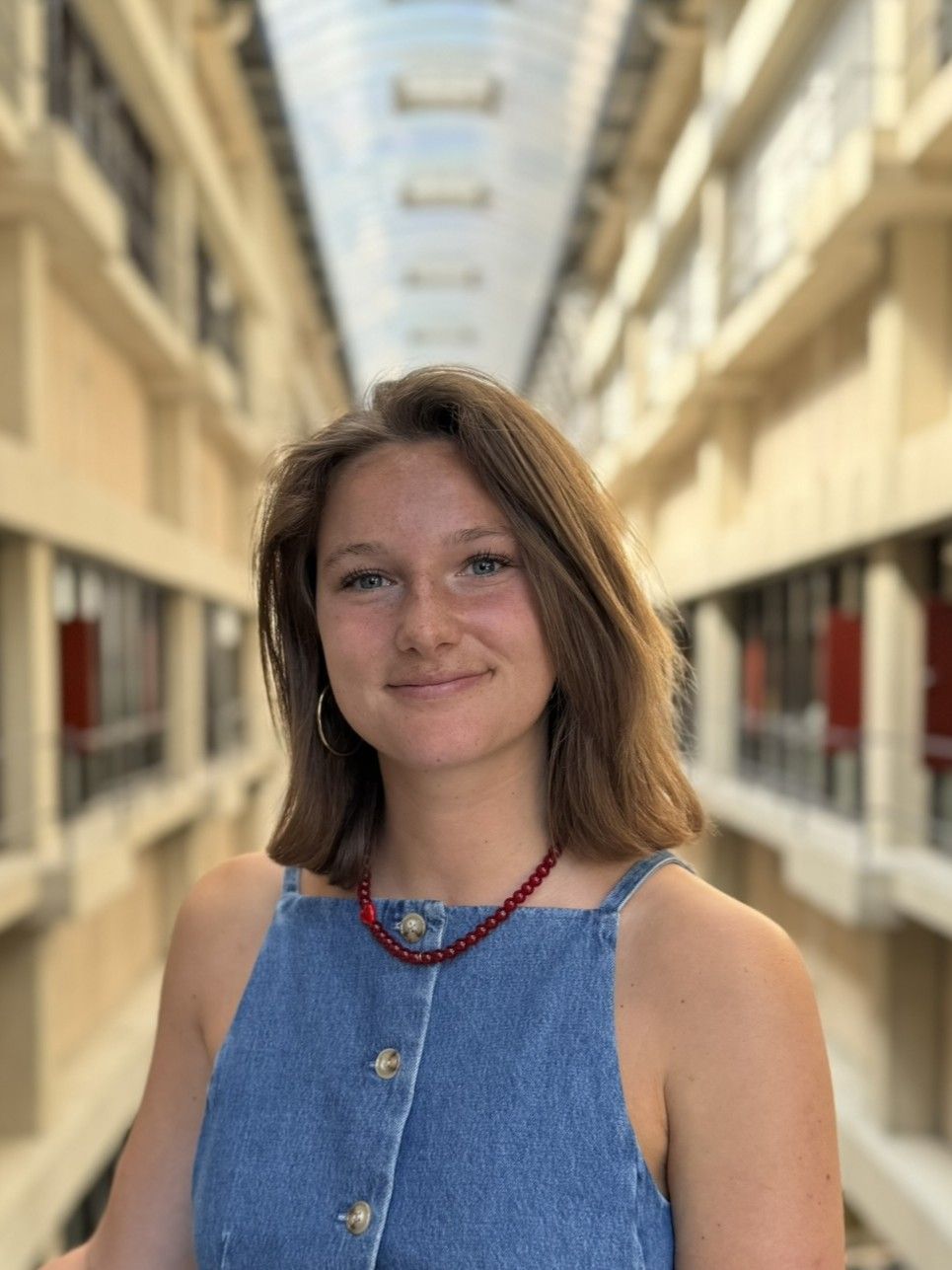KEY PUBLICATIONS
# Shared first authors, * Shared last authors.
Janssen V, Huveneers S. Cell-cell junctions in focus - imaging junctional architectures and dynamics at high resolution. Journal of Cell Science, 137(20):jcs262041, 2024.
Huveneers S, Phng LK. Endothelial cell mechanics and dynamics in angiogenesis. Current Opinion in Cell Biology. 91:102441, 2024.
Hooglugt A, van der Stoel MM, Shapeti A, Neep BF, de Haan A, van Oosterwyck H, Boon RA, Huveneers S. DLC1 promotes mechanotransductive feedback for YAP via RhoGAP-mediated focal adhesion turnover. Journal of Cell Science. 137(8):jcs261687, 2024.
Langbroek GB, Stor MLE, Janssen V, de Haan A, Horbach SER, Graupera M, van Noesel CJM, van der Horst CMAM, Wolkerstorfer A, Huveneers S. Characterization of Patient-Derived GNAQ Mutated Endothelial Cells from Capillary Malformations. J Invest Dermatol. 144(6):1378-1388.e1, 2024.
van der Stoel MM#, Kotini MP#, Schoon RM, Affolter M, Belting HG*, Huveneers S*. Vinculin strengthens the endothelial barrier during vascular development. VASCULAR BIOLOGY, 5(1):e220012, 2023.
Hooglugt A, Klatt O, Huveneers S. Vascular stiffening and endothelial dysfunction in atherosclerosis. CURRENT OPINION IN LIPIDOLOGY, 33(6):353-363, 2022.
Kotini MP#, van der Stoel MM#, Yin J, Han MK, Kirchmaier B, de Rooij J, Affolter M, Huveneers S*, HG Belting*. Vinculin controls endothelial cell junction dynamics during vascular lumen formation. CELL REPORTS, 39(2): 110658, 2022.
Malinova TS, Angulo-Urarte A, Nüchel J, Tauber M, van der Stoel MM, Janssen V, de Haan A, Groenen AG, Tebbens M, Graupera M, Plomann M, Huveneers S. A junctional PACSIN2/EHD4/MICAL-L1 complex coordinates VE-cadherin trafficking for endothelial migration and angiogenesis. NATURE COMMUNICATIONS, 12(1):2610, 2021.
Tan JME#, van der Stoel MM#, van den Berg M, van Loon NM, Moeton M, Scholl E, van der Wel NN, Kovačević I, Hordijk PL, Loregger A, Huveneers S*, Zelcer N*. The MARCH6-SQLE Axis Controls Endothelial Cholesterol Homeostasis and Angiogenic Sprouting. CELL REPORTS. 32(5):107944, 2020.
Angulo-Urarte A, van der Wal T, Huveneers S. Cell-cell junctions as sensors and transducers of mechanical forces. BBA BIOMEMBRANES, 862(9):183316, 2020.
van der Stoel M, Schimmel L, Nawaz K, van Stalborch AM, de Haan A, Klaus-Bergmann A, Valent ET, Koenis DS, van Nieuw Amerongen GP, de Vries CJ, de Waard V, Gloerich M, van Buul JD, Huveneers S. DLC1 is a direct target of activated YAP/TAZ that drives collective migration and sprouting angiogenesis. JOURNAL OF CELL SCIENCE, 133(3). pii: jcs 239947, 2020.
Beldman TJ#, Malinova TS#, Desclos E, Grootemaat AE, Misiak ALS, van der Velden S, van Roomen CPAA, Beckers L, van Veen HA, Krawczyk PM, Hoebe RA, Sluimer JC, Neele AE, de Winther MPJ, van der Wel NN, Lutgens E, Mulder WJM, Huveneers S, Kluza E. Nanoparticle-Aided Characterization of Arterial Endothelial Architecture during Atherosclerosis Progression and Metabolic Therapy. ACS NANO, 13(12): 13759-13774, 2019.
Malinova TS, Huveneers S. Sensing of cytoskeletal forces by asymmetric adherens junctions. TRENDS CELL BIOL, 28(4):328-341, 2018.
Dorland YL*, Malinova TS*, van Stalborch AMD, Grieve AG, van Geemen D, Jansen NS, de Kreuk BJ, Nawaz K, Kole J, Geerts D, Musters RJP, de Rooij J, Hordijk PL, Huveneers S. The F-BAR protein pacsin2 inhibits asymmetric VE-cadherin internalization from tensile adherens junctions. NATURE COMMUNICATIONS, 7:12210, 2016.
Huveneers S, Daemen MJAP, Hordijk PL. Between Rho(k) and a hard place: the relation between vessel wall stiffness, endothelial contractility, and cardiovascular disease. CIRCULATION RESEARCH, 116 (5):895-908, 2015.
van Geemen D, Smeets MWJ, van Stalborch AMD, Woerdeman LAE, Daemen MJAP, Hordijk PL, Huveneers S. F-actin-anchored focal adhesions distinguish endothelial phenotypes of human arteries and veins. ARTERIOSCLEROSIS, THROMBOSIS & VASCULAR BIOLOGY;34 (9):2059-2067, 2014.
Huveneers S, Oldenburg J, Spanjaard E, van der Krogt G, Grigoriev I, Akhmanova A, Rehmann H, de Rooij J. Vinculin associates with endothelial VE-cadherin junctions to control force-dependent remodeling. JOURNAL OF CELL BIOLOGY, 196 (5):641-652, 2012.

